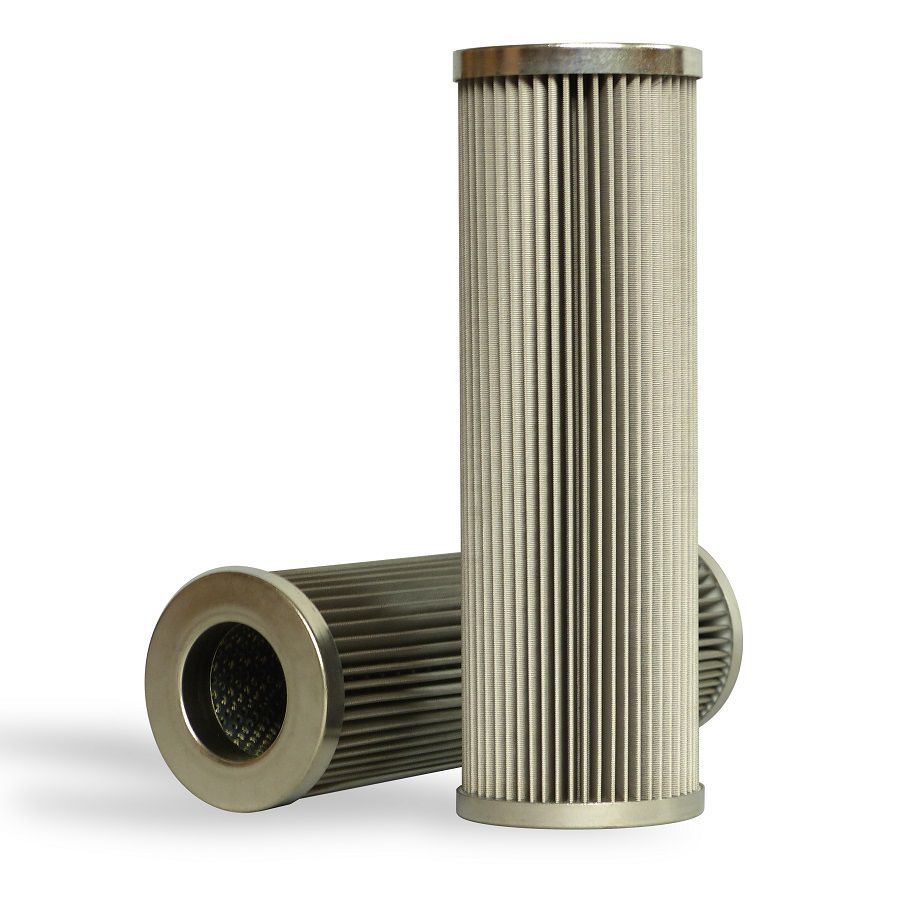
The sintering and heat treatment process of stainless s [...]
The sintering and heat treatment process of stainless steel filter element includes charging, vacuuming, degassing, heating, argon filling, holding, cooling and discharging. The stainless steel filter element puts the blank into a tray or information box for sintering. The tray or data box is made of high temperature resistant material, such as molybdenum sheet. Heat-resistant steel or graphite to avoid deformation during sintering. It is required that there is no direct contact between the billets during the charging process to avoid the billets from sticking to each other during the sintering process. Molybdenum plates can also be used to separate the billets from each other. Then push the information tray or box into the stove, close the lid and seal.
The stainless steel filter element vacuum unit removes the air in the sintering chamber and the gas attached to the blank. After pumping the vacuum to the high vacuum pump cluster, turn on the high vacuum pump. General requirements for two-stage vacuum pumping to 1.3X10-ZPa.
The stainless steel filter element is electrically heated and pumped continuously at temperatures between 400 and 500°C. This method can eliminate the residual stress of the briquette, and gradually decompose and evaporate the adsorbed gas on the surface of the briquette and the organic media such as lubricants and granulators added to the briquette.
After the stainless steel filter element is degassed, the furnace is heated to sintering temperature. For different materials, the sintering temperature is also different. The sintering temperature should be accurately measured and controlled. Excessive temperature will soften and deform the product, and the particles will be rough and even useless. When the sintering temperature is too low, the compaction speed of the green compact becomes slow, the sintering time is extended, the equipment utilization rate decreases, and the product function cannot meet the requirements. As the temperature of the stainless steel filter element increases, the gas removal in the blank tends to be completed under vacuum. For sintering in a maintenance atmosphere, argon gas should be filled into the sintering chamber to complete the sintering in a maintenance atmosphere. After filling with argon, the vacuum unit was discontinued to reduce power consumption.
The stainless steel filter element is kept at the sintering temperature for a period of time, which makes the compact in the sintering process completely densified, and shortens the pores of the crystal, eliminating and changing the satisfactory time. The length of the holding time depends on the size and dimensions of the sintered product. The suitable sintering temperature and holding time can be confirmed by measuring the density and magnetic properties of the product.


Please login to write a comment after